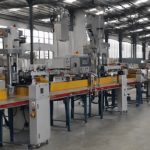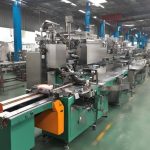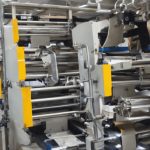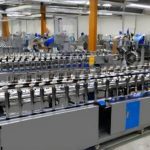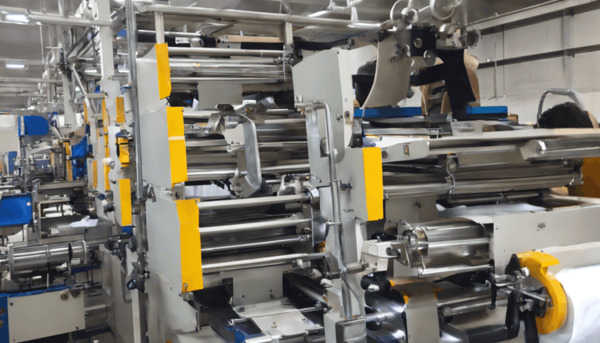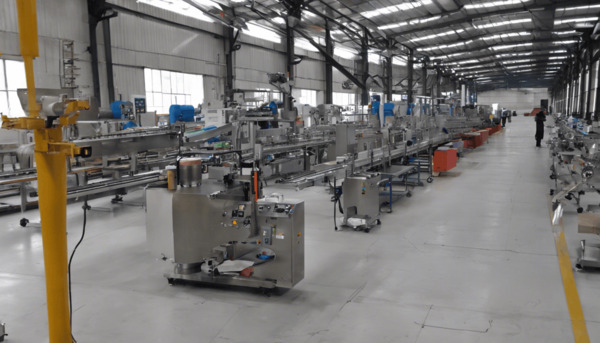
Introduction to Filling Machines
Filling machines are an integral part of the packaging industry, used to fill various products into containers. These machines are designed to handle a wide range of products, including liquids, pastes, powders, and granules. The primary function of a filling machine is to ensure that the right amount of product is dispensed into each container with precision and efficiency.
Basic Principle of Filling Machines
The basic principle of filling machines revolves around the controlled delivery of a product into a container. This process can be achieved through various mechanisms depending on the type of product being filled and the desired speed and accuracy. The main components of a filling machine typically include a product hopper, a dosing system, a filling nozzle, and a container handling system.
Types of Filling Machines
Liquid Filling Machines
Liquid filling machines are used for filling various types of liquids into containers. These machines can handle a range of viscosities from water-thin to highly viscous products. The filling process can be achieved through different methods such as gravity filling, piston filling, pump filling, and overflow filling. Each method has its advantages and is chosen based on the specific requirements of the product and container.
Powder Filling Machines
Powder filling machines are designed to fill dry, free-flowing, and non-free-flowing powders into containers. These machines use auger fillers, volumetric fillers, or vacuum fillers to ensure accurate filling. The choice of filling mechanism depends on the powder’s characteristics and the desired filling speed and accuracy.
Paste Filling Machines
Paste filling machines are used for filling semi-solid products such as creams, gels, and pastes. These machines typically use piston fillers to handle the thick consistency of pastes. The piston mechanism ensures precise control over the amount of product dispensed into each container.
Key Components of Filling Machines
Filling machines consist of several key components that work together to achieve efficient and accurate filling. These components include:
- Product Hopper: Holds the product to be filled and feeds it into the dosing system.
- Dosing System: Measures the exact amount of product to be dispensed into each container. This can be achieved through volumetric or gravimetric methods.
- Filling Nozzle: Directs the product into the container. The design of the nozzle can vary based on the product’s viscosity and the type of container.
- Container Handling System: Moves containers into position for filling and then transports them to the next stage of the packaging process.
Automation and Control in Filling Machines
Modern filling machines are equipped with advanced automation and control systems to enhance efficiency and accuracy. These systems include programmable logic controllers (PLCs), human-machine interfaces (HMIs), and sensors that monitor and control the filling process. Automation allows for precise control over filling parameters, reduces human error, and increases production speed.
Applications of Filling Machines
Filling machines are used in various industries, including food and beverage, pharmaceuticals, cosmetics, and chemicals. They are essential for packaging products such as sauces, juices, syrups, creams, powders, and more. The versatility of filling machines makes them suitable for a wide range of applications, from small-scale production to large-scale industrial operations.
Conclusion
Filling machines play a crucial role in the packaging industry by ensuring products are accurately and efficiently filled into containers. Understanding the principles and components of filling machines helps in selecting the right equipment for specific applications, leading to improved productivity and product quality.
